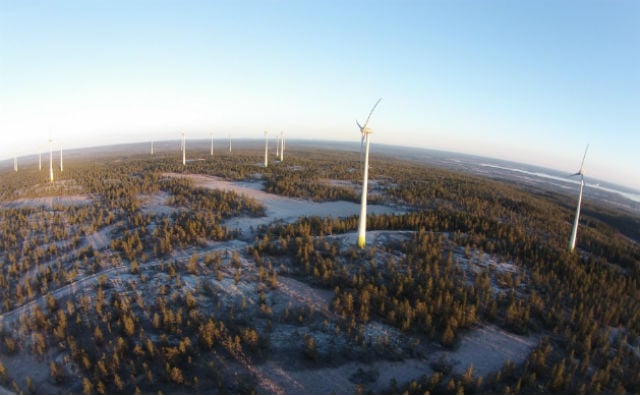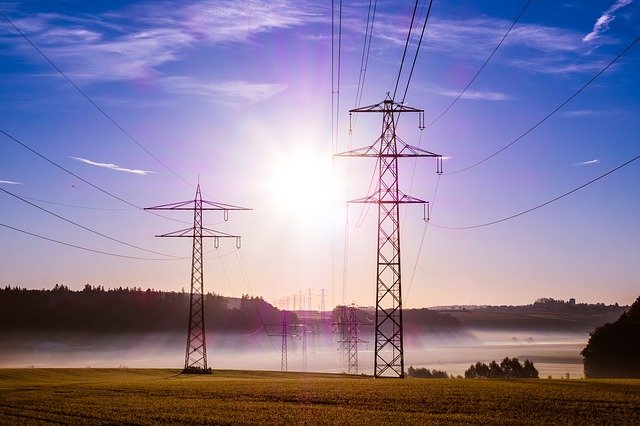ELECTRICITY
Sweden to double wind energy production in next four years
Wind energy is set to double its share of Sweden's power supply over the next four years as a string of giant projects come online.
Published: 3 April 2019 17:08 CEST

The Gabrielsberget wind project in Västerbotten. Photo: Swewind
The contribution of wind energy is scheduled to grow from 17TWh in 2018 to 35 TWh in 2022, taking wind's share from 12 percent to 25 percent of total power produced.
Charlotte Unger, chief executive of the Swedish Wind Energy Association trade body said the pro-renewable policy decisions had been driving growth.
“Sweden has the best regulatory regime for wind power projects from a European perspective, and therefore production costs the least here,” she told Swedish state broadcaster SVT. “Investors have confidence in wind power in Sweden, and that's because of the policies that exist.”
The largest new wind farm is the giant Markbyygden project outside Piteå, which is expected to supply 10TWh per year as it comes online in stages from this year, making it one of Europe's largest wind farms.
Other major projects are the Överturingen wind farm in Västernorrland, Åskälen in Jämtland, and Valhalla in Gävleborg.
The new farms will make up for the shutdown of two reactors at the Ringhals nuclear power station in 2019 and 2020.
Because the majority of the new wind power projects are in the northern counties of Norrland, Västerbotten and Jämtland, the shift will require Sweden's state-owned grid operator Svenska Kraftnät to rapidly improve capacity, especially in central Sweden.
But Niclas Damsgaard, the grid company's senior market strategist, said he believed the company would be able to keep pace with the growth.
“It's going to work, but all this will mean an increase in risk. In an extreme case, some major industrial consumers may not be able to buy as much power as they want, but it's not going to mean difficulties across the country.”
Unger said that if the new production exceeded Sweden's own needs, then the excess could be exported into Europe, reducing the continent's coal use.
Between 2022 and 2040, the Swedish Wind Energy Association hopes to double the amount of wind power produced in once again, taking it to half of Sweden's total power use.
Url copied to clipboard!


 Please whitelist us to continue reading.
Please whitelist us to continue reading.
Member comments